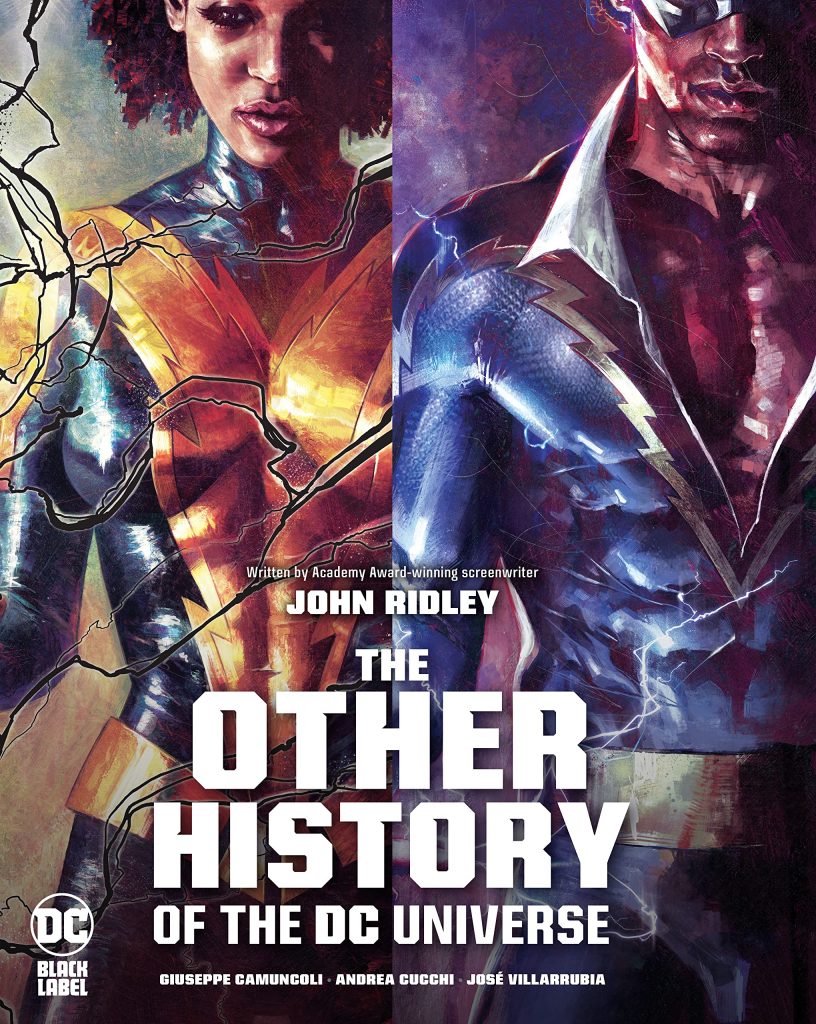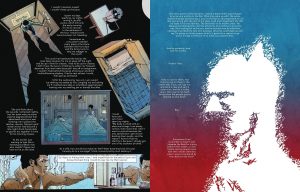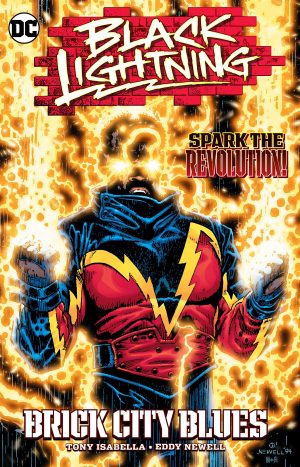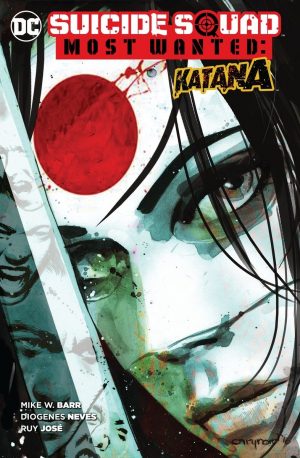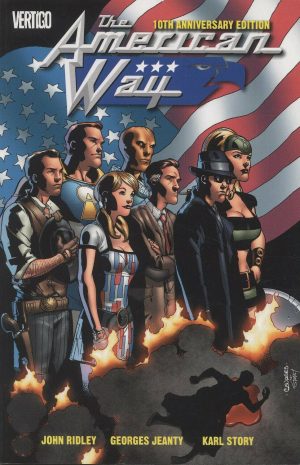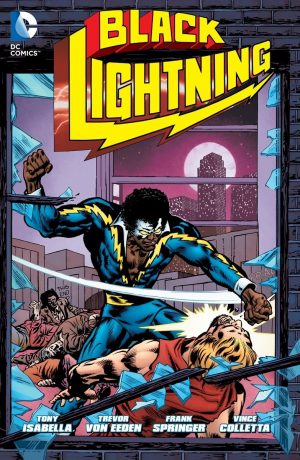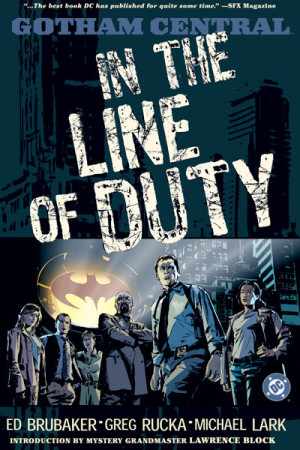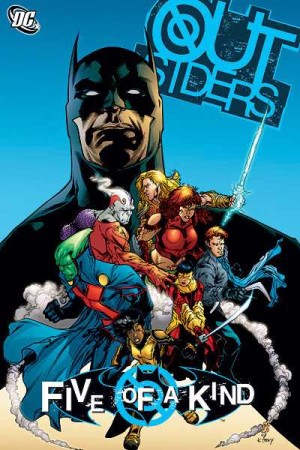Review by Frank Plowright
Throughout its history the heroes supplied by DC have been primarily white, even when they’ve originated on other planets. It took until 1977 to introduce DC’s first African American hero of substance in Black Lightning. John Stewart was around beforehand, but only as an occasional guest star. Short-lived though it was, Jefferson Pierce actually had his own series. Starting through his eyes this alternate history of DC unfolds, John Ridley supplying a succession of strong narrative voices in text captions explaining the world as seen by the protagonists.
Ridley mixes the history of the real world with Pierce’s progress and observations, which takes the unusual approach of cementing him in his generation, an Olympic gold medal decathlete in 1972 watching the world’s events thereafter. It’s intensely personal, yet true to Black Lightning’s published history, just offering greater insight into his life and motivations. He wonders why the Justice League didn’t intervene in 1979’s Iranian hostage crisis, and turns down an offer of membership, yet accepts Batman’s invitation to become one of the Outsiders. Along the way he follows the progress of other non-white heroes and comes to terms with who he is and what he can do.
His and the subsequent journeys are in the company of Giuseppe Camuncoli and Andrea Cucchi, an artistic pairing where Camuncoli provides the layouts, and presumably the references of iconic illustrations from the past, and Cucchi supplies the finished art. Dealing with captions, the pages vary between clever symbolic illustrations and snippets of what’s mentioned in the text. Either is magnificent.
Following Black Lightning there’s a chapter forged on less background, involving greater interpretation for the pairing of Mal Duncan and Bumblebee. Their differing views and personalities and the fact that some of their appearances are plain dumb makes for a contrast, seen again in Katana’s story, the most horrific as innocence and pleasure becomes vengeance and hate. She also provides the strongest reinterpretation, as so many of her earliest appearances were light superhero adventures with little acknowledgement of the wider world, and Ridley’s view of those is enlightening. There’s a greater word count to Renee Montoya conflicts. As the gay daughter of devout Catholic Hispanic immigrants to Gotham, there was always going to be pain in her future. Her recollections are told as well as the remainder, but maximum impact will only be on readers who aren’t aware how well Renee’s story was told in the first place, largely in Gotham Central, but also elsewhere by Greg Rucka, who addressed all issues here.
A sense of closure is provided by Anissa Pierce in the final chapter, daughter of Jefferson and latterly also a superhero. Here Ridley addresses a couple of points left frustratingly hanging during Black Lightning’s story, clarifying a subtext some readers may have already assumed, and it becomes key to Anissa’s story. Like everything before, it’s invested with wonder and dignity, crucially portraying a human being, not the labels applied by others. As before, Batman, the Outsiders and the Teen Titans play parts.
Not just confined to ethnic origin, real world hate crimes and injustice are highlighted in each of the stories, Ridley tying them in to how the narrators feel, and by extension how anyone of a similar background must feel. As of the 2021 publication it’s a stain on the USA still not adequately addressed, making The Other History of the DC Universe a needed exploration. At the same time it tells five compelling stories, beautifully illustrated.
